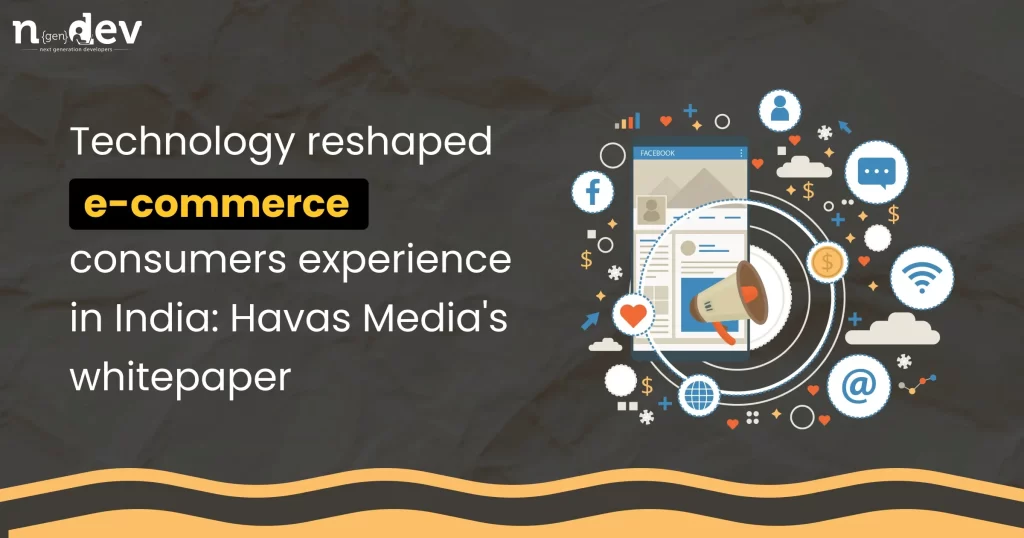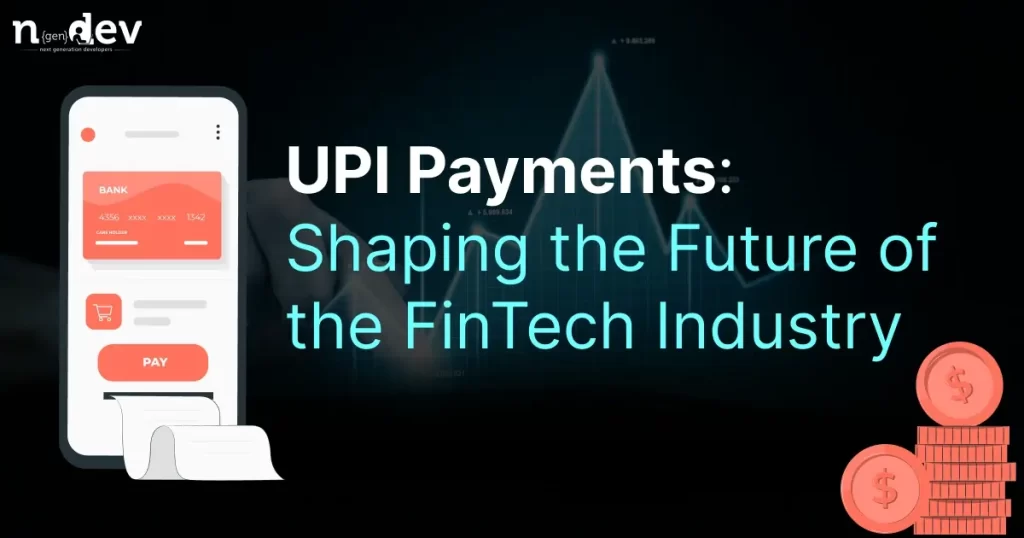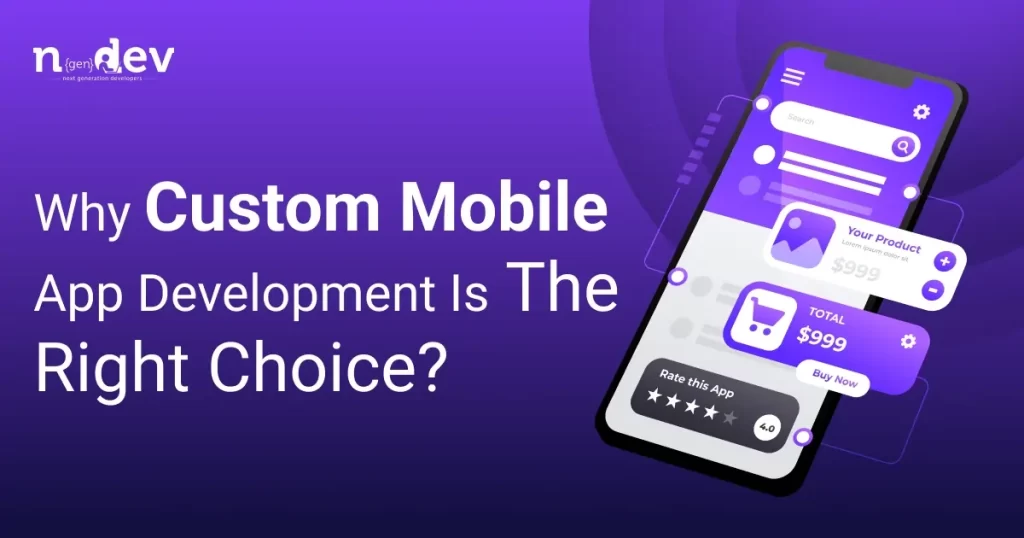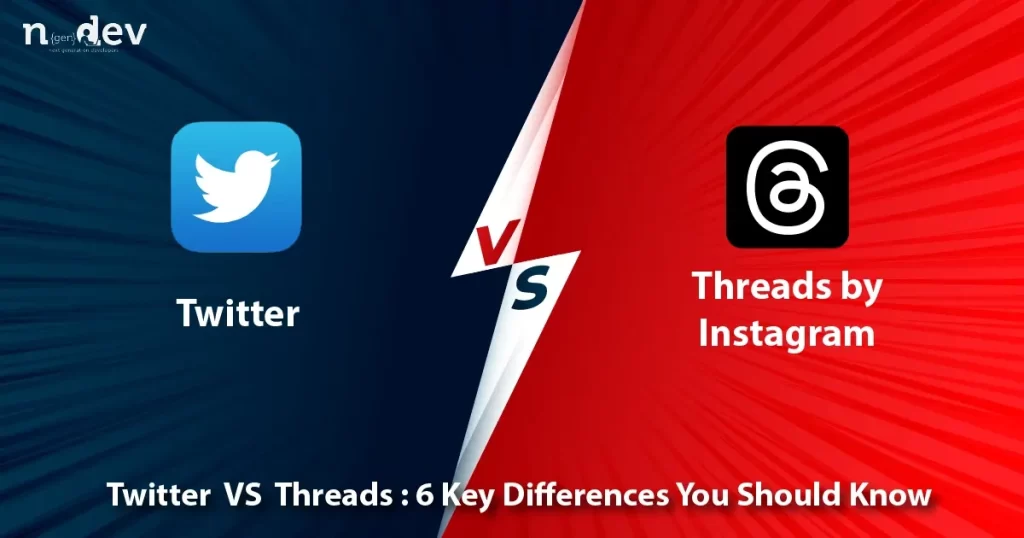Technology reshaped e-commerce consumers experience in India: Havas Media’s whitepaper
Technology reshaped e-commerce consumers experience in India: Havas Media’s whitepaper Prashant Padmani A recent report, ‘Shaping Consumer Experiences,’ a collaborative effort by Havas Media, YouGov, and NFX across ten key markets, delves deep into the heart of India’s e-commerce realm. This report highlights the pervasive influence of cutting-edge technologies such as Artificial Intelligence (AI), Augmented Reality/Virtual Reality (AR/VR), AI-driven Chatbots, Web 3.0, and Open Networks for Digital Commerce (ONDC) and their pivotal role in fueling business growth. Table of content Add a header to begin generating the table of contents The Tech Revolution in Indian E-commerce The introduction of AI, AR/VR, and AI-driven Chatbots has elevated the e-commerce game in India. Shoppers can now experience products virtually, receive personalized recommendations, and engage in real-time conversations with AI-powered assistants, enhancing their shopping experience. The concept of Web 3.0, with its decentralized nature and enhanced security, is poised to redefine online transactions and data privacy. ONDC, a India government-led initiative, promises to create a level playing field for e-commerce players and boost the digital economy. Insights into E-commerce Trends Recent research, drawing insights from tech enthusiasts and online shoppers india aged 18 to 45, unveils the evolving landscape of e-commerce preferences. Comfort and convenience take center stage for both millennials (78%) and Gen Z (76%). As we delve into consumer behavior, gender-based segmentation reveals that women are naturally more discerning. A striking 85% of consumers cite user reviews as the pivotal factor influencing their purchase decisions, while 81% meticulously scout for offers and deals. Remarkably, there’s a geographical shift in shopping behavior from North to South. While 78% in the North and 80% in the West prefer a broader product range, 76% of consumers in the South and tier-3 cities lean towards budget-oriented shopping. Surprisingly, the study exposes that many from tier 2 and 3 cities end up spending more online than they would traditionally. In terms of categories, grocery, personal care, fashion, and F&B stand tall as preferred online shopping domains. Conversely, appliances find themselves as the least-shopped products, while online medicine/pharmacy shopping has witnessed a remarkable 33% surge in the past year. The study underlines the role of social media as the primary platform in India for brand discovery, capturing the attention of 44% of shoppers. Visual-centric categories like fashion, makeup, grocery, and smartphones thrive on platforms like Instagram, whereas the older generation still leans on Facebook. The online shopping landscape thrives on the pillars of comfort and accessibility. For urbanites racing against time, it delivers the shopping experience to their fingertips, sparing them the city’s hustle and bustle. Simultaneously, it opens doors to a vast array of choices and enticing deals for those in smaller towns. Shoppers predominantly favor top India’s e-commerce giants like Amazon and Flipkart, drawn by their user-friendly interfaces, hassle-free returns, superior services, and high-quality products. In a nutshell, e-commerce in India is evolving, driven by the pursuit of comfort, accessibility, and great deals. It caters to diverse demographics, and user reviews, along with irresistible offers, continue to steer buying decisions. As online shopping becomes more accessible and versatile, it’s essential to stay informed about the ever-changing trends that shape the way we shop today. Also to read:- How Does Google Pay Make Money: GPay Revenue Model Changing Consumer Behavior The impact of these technologies is not limited to the business landscape alone; they are also catalysts for evolving consumer behaviors. Shoppers now expect highly personalized experiences, seamless transactions, and instant assistance. The convenience of virtual trials through AR/VR has made decision-making more informed. AI-driven recommendations cater to individual preferences, making the shopping journey smoother and more enjoyable. Meeting Evolving Expectations As technology continues to evolve, so do consumer expectations. In this competitive landscape, businesses must adapt and thrive. Embracing AI-driven solutions can streamline inventory management and enhance customer service. AR/VR can offer immersive brand experiences, while Web 3.0 can ensure data security and transparency. ONDC’s promise of interoperability can open up new markets and opportunities for growth. Conclusion In conclusion,the integration of advanced technologies like AI, AR/VR, AI-driven Chatbots, Web 3.0, and ONDC is redefining the e-commerce landscape in India. This blog has explored how these innovations are impacting consumer behavior and expectations, offering actionable insights for businesses to thrive in this dynamic environment. As e-commerce continues to evolve, staying ahead of the curve is essential for businesses looking to succeed in India’s tech-driven shopping arena. Frequently Asked Questions What exactly is low-code and no-code development? Low-code and no-code development are approaches to app development that aim to simplify the process by reducing the amount of traditional coding required. Low-code platforms require minimal coding knowledge, while no-code platforms allow users to build fully functional applications without writing any code at all. Who can benefit from low-code and no-code platforms? Low-code and no-code platforms are suitable for a wide range of users, including entrepreneurs, small businesses, individuals with limited technical expertise, and even larger organizations looking to streamline their development processes. These platforms empower users to create custom applications to solve their unique challenges without the need for extensive coding knowledge or resources. Are low-code and no-code platforms limited in terms of functionality? While low-code and no-code platforms may not offer the same level of customization and flexibility as traditional coding methods, they provide a wide range of features and capabilities to meet the needs of most users. These platforms often include pre-built components, templates, and integrations, allowing users to create fully functional applications for various purposes. Can low-code and no-code platforms handle complex applications? Yes, low-code and no-code platforms are capable of handling complex applications, although the level of complexity may vary depending on the platform and the user’s expertise. Many platforms offer advanced features such as database integration, automation, and API connections, allowing users to build sophisticated applications without writing extensive code. What are the advantages of using low-code and no-code platforms? Some of the key advantages of using low-code and no-code platforms include increased accessibility, faster development times, cost-effectiveness, and the ability
Technology reshaped e-commerce consumers experience in India: Havas Media’s whitepaper Read More »





